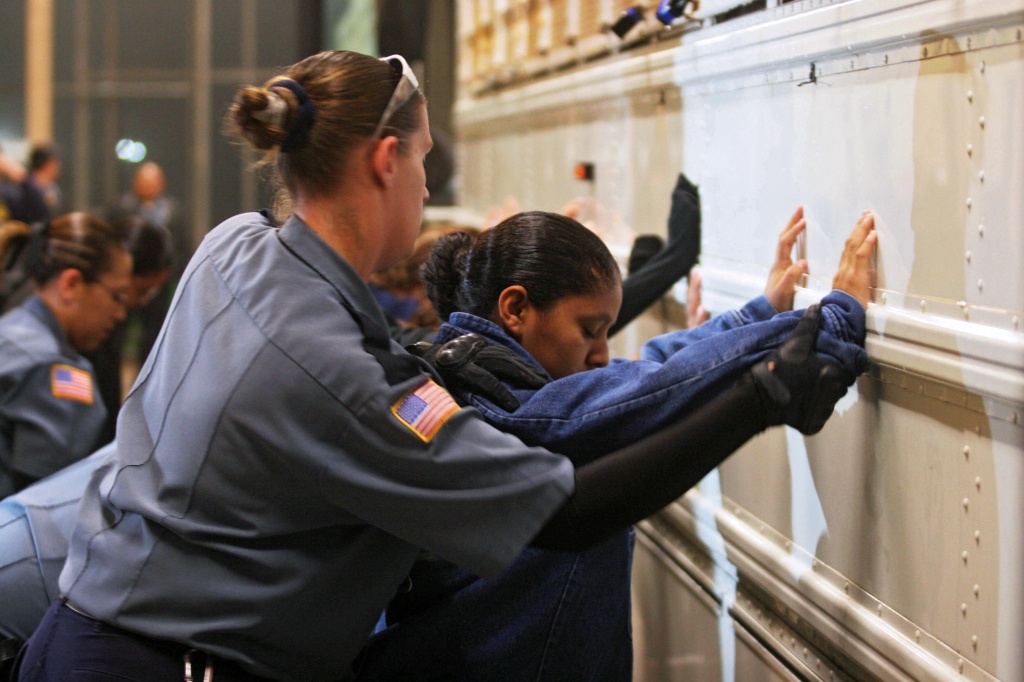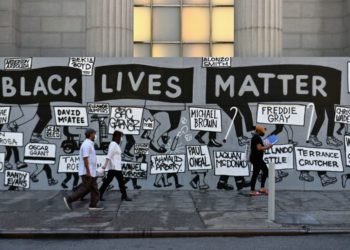Thousands of inmates across the United States are in peaceful protest over “prison slavery” – the convict leasing of the 21st-century.
Convict leasing dates back to immediately after the Civil War when recently freed slaves were arrested and convicted across the American South for petty offenses like loitering, disorderly conduct, and theft. Stealing a pig, for example, could lead to five years in prison. These prisoners were leased out to companies as convict laborers, forced to perform dangerous jobs in unhealthy conditions for no pay.
Many of the men died, for example when they faced malaria in the swamps of Florida while laying down tracks for railroad companies. When there were not enough prisoners to satisfy the local labor need, some local sheriffs would arrange for innocent black men to be arrested and convicted on false charges, and sent off to work. Coal companies paid the state to lease convicts instead of paying fair wages to coal miners. This resulted in some of the few protests against convict leasing, led by coal miners in Tennessee. The practice was so shameful that it ultimately was abolished, despite the great profits reaped by both states and companies from convict leasing.
Prison Slavery
Prison slavery, the term the current peaceful protest has adopted for their labor, is reinstated convict leasing. Like in the late 1800s, inmate laborers today are overwhelmingly people of color. Like leased convicts, inmates can make as little as twelve cents an hour. And like the inmates who helped build railroad lines, mine coal, and fell timber in dangerous conditions, some of today’s inmates are working in hazardous conditions fighting California’s raging fires. None of these men and women will ever be able to be hired as firefighters when they are released from prison. Their felony convictions bar them from being certified as firefighters.
Similar to the county sheriffs who arrested innocent black men to fill the coffers of companies seeking cheap labor, the United States has seen an explosion of private prisons to house people charged with undocumented entry. Undocumented immigrants are prosecuted and jailed as criminals. Instead of deportation, these individuals first face a prison sentence and detention. Immigration detention has been the new frontier of profit for private prison companies; even without working, these imprisoned individuals profit private prisons.
While imprisoned women also work shifts for little pay concerns particular to women, like sexual harassment and abuse, are absent from the nationwide prison strike demands. In a #metoo year, little has changed for incarcerated women. Their captivity means their voices continue to be silenced on sexual assault and sexual harassment. Prison slavery inevitably connects with these power dynamics and abusive behavior against women, and yet even this nation-wide protest fails to call for a stop to sexual violence against inmates.

How do we end the cycle of abuse and exploitation? One primary request of the peaceful protest is more job-training in careers that prisoners can actually pursue once released. These men and women call for more rehabilitation services in prison, and Pell grants (federal subsidies for students with financial need) for inmates to take college courses.
What if prisons gave the SAT or ACT test (entrance exams required for college admission) behind bars to identify inmates who could succeed at college? Free, in-school ACT and SAT tests for high schoolers seem to indicate that a universally distributed test can uncover many academically able individuals, and education can stop cycles of recidivism. Requests for education and job-training highlight this reality: most people in prison now will be released, and rejoining our communities.
For all incarcerated people, the protest is a call for acknowledgment. And on the outside, when we buy a “made in America” product, we are faced with the knowledge that our pride of American-made products sometimes comes at a cost: prison slavery.
Disclaimer: The views and opinions expressed here are those of the author and do not necessarily reflect the editorial position of The Globe Post.





















